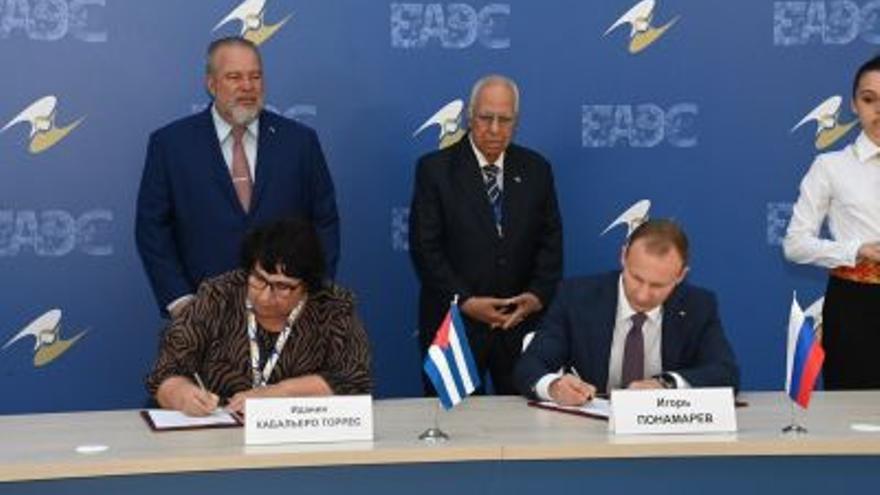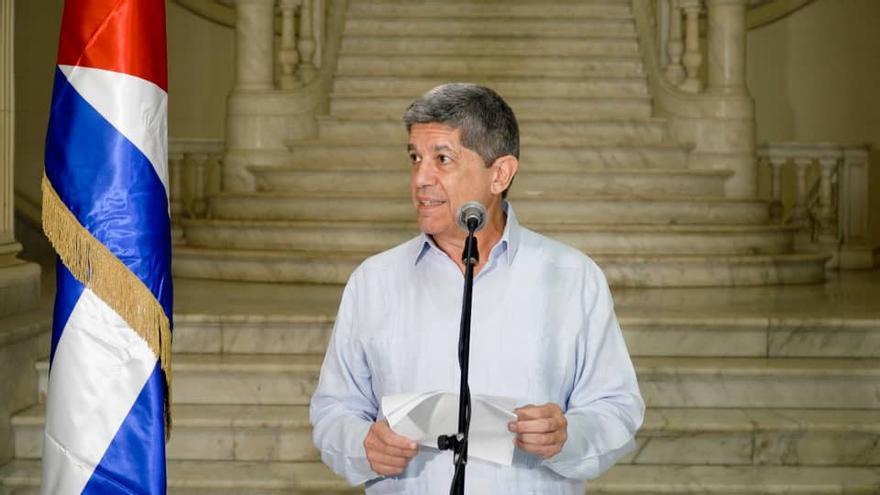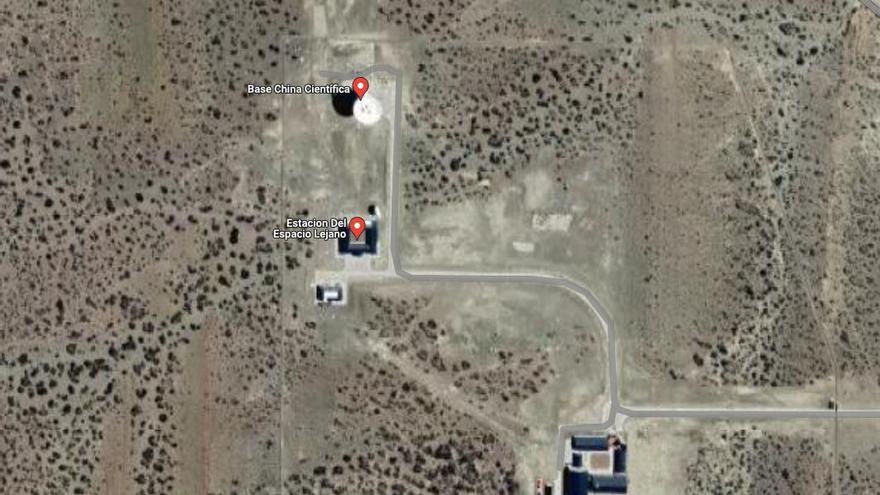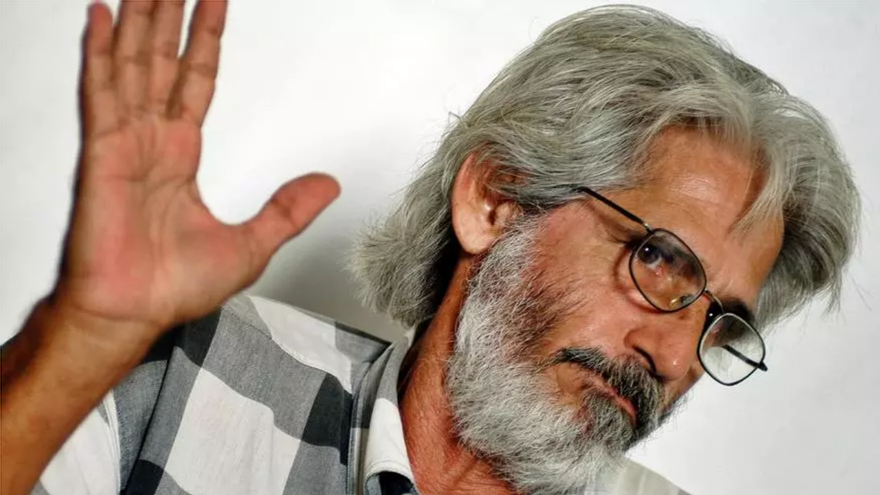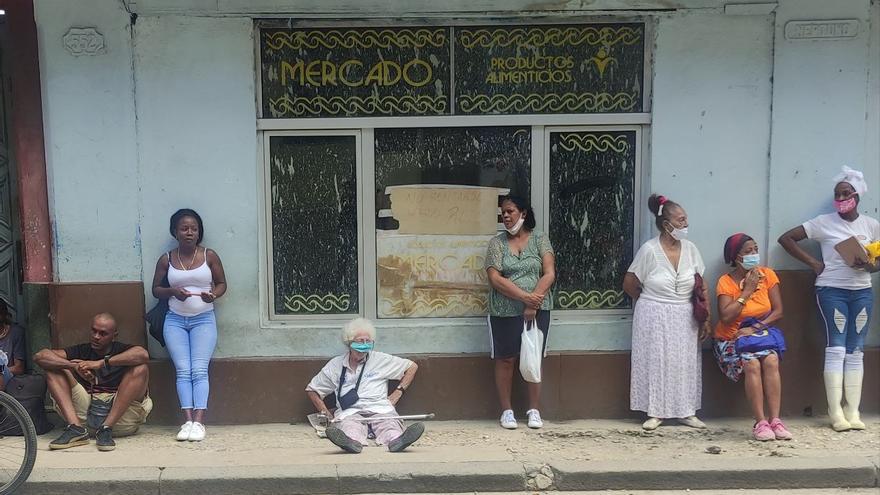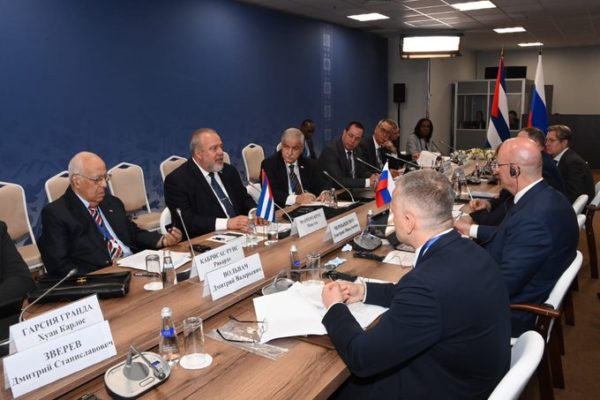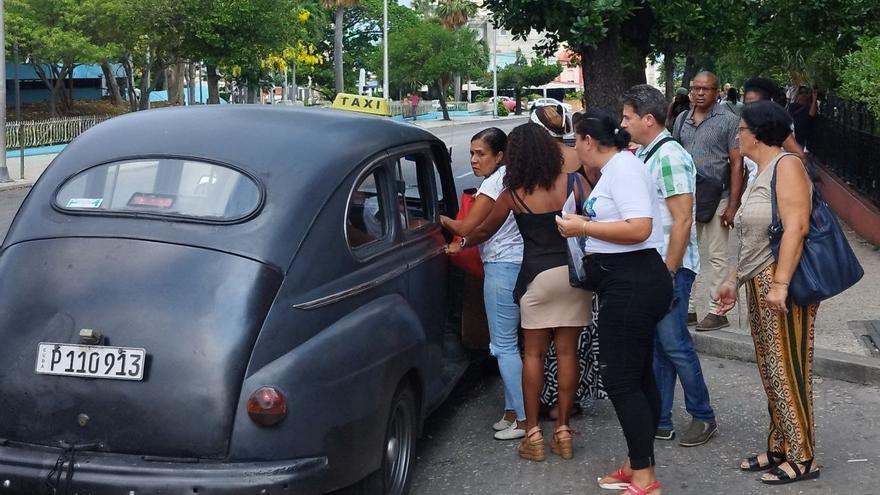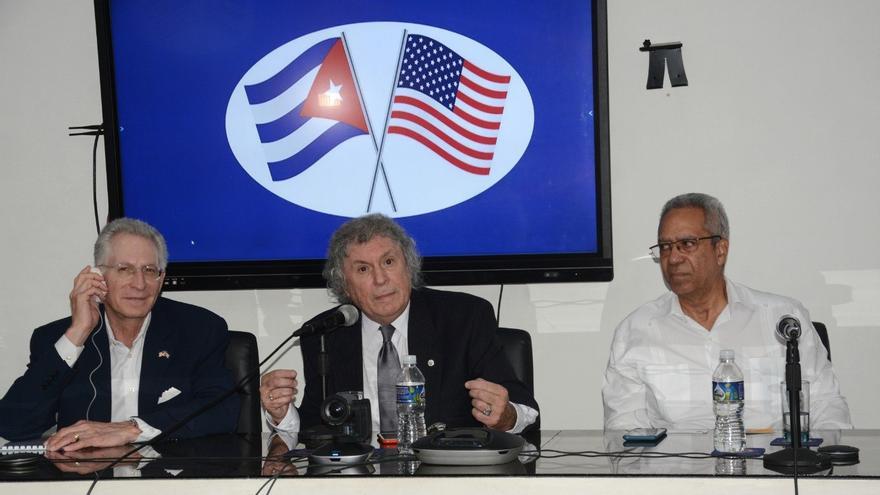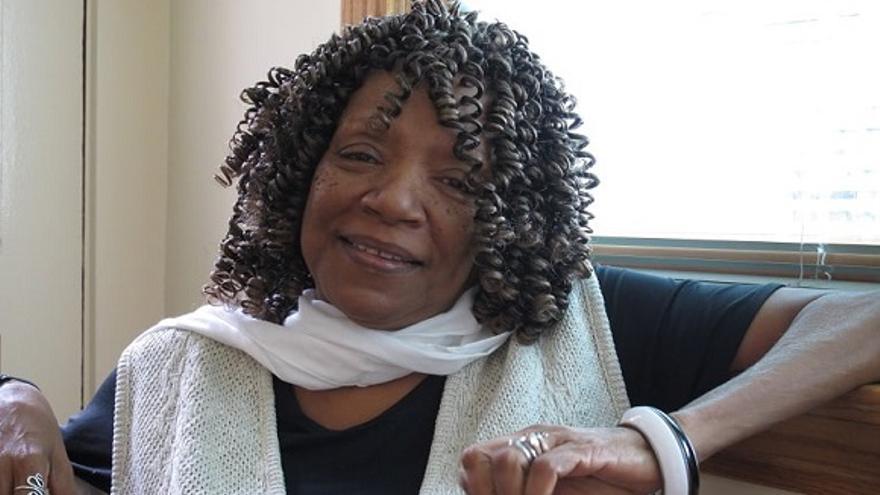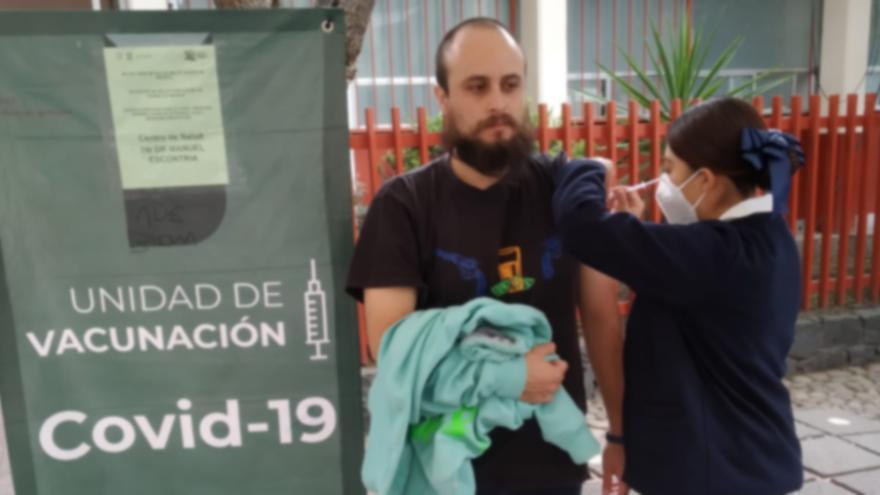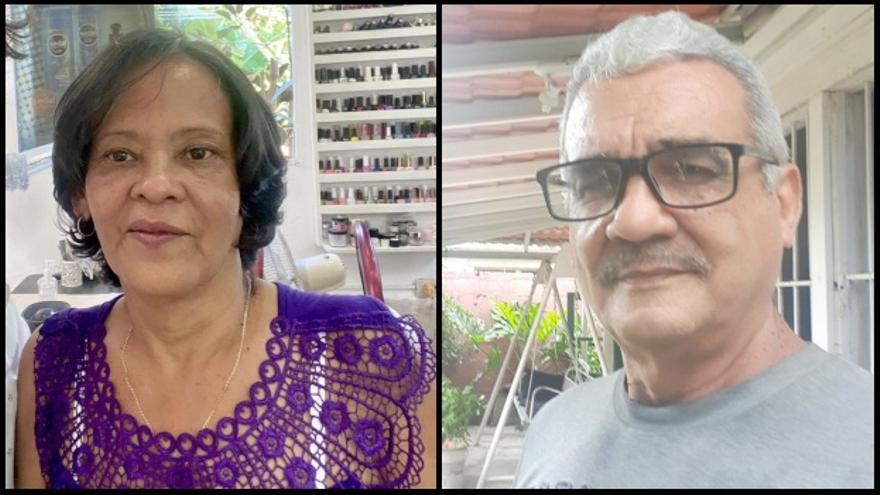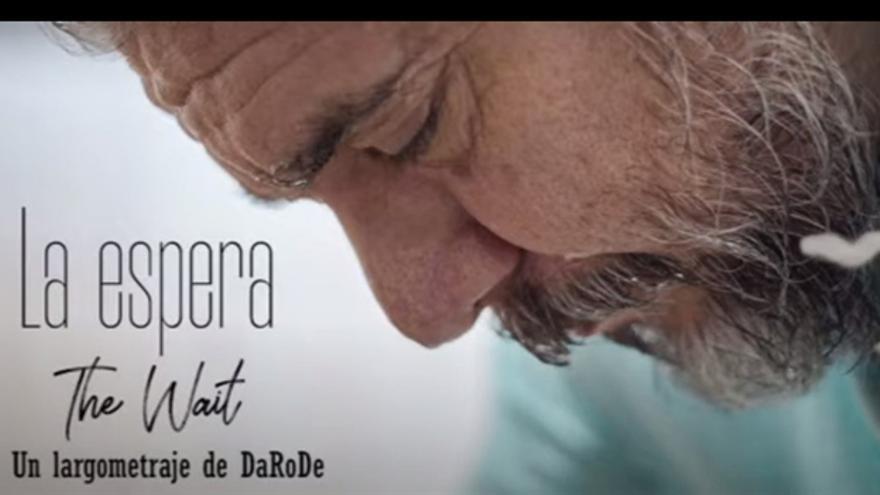In another entry on this blog it was already explained that going to look for economic and commercial relations almost 10,000 kilometers away has little to do with geopolitics, and a lot to do with walking like a headless duck in the world economy. The Cuban economy still does not define its competitive position in the international division of labor, and the communists have caused with this type of operation a collapse from which it will be difficult to get out.
What is the Eurasian Economic Union? Basically, a union of countries for the purpose of economic and commercial cooperation, which came into operation on January 1, 2015, composed of Russia, Kazakhstan and Belarus. Subsequently, Kyrgyzstan and Armenia were also incorporated, so there are currently five countries in Putin’s sphere of influence, with a total of 180 million inhabitants in an area of 20 million square kilometers that represents 15% of the total land.
As indicated in the founding documents, the objective of the Single Economic Area was the development of an integrated market and the achievement of the “four freedoms”: the free movement of goods, capital, services and people within the single market. continue reading
The free movement of people allowed the free movement between Member States to live, work, study or retire in another EU country. The Member States had a common external tariff on all goods entering the market and have unified the valuation methods of imported goods since the creation of the Eurasian Customs Union. The objectives include the joint coordination of projects in the fields of infrastructure, energy, industry, agriculture and transport.
The Eurasian Economic Union has tried to base its model on the European Union. The decisions are made by the Eurasian Economic Council, composed of the heads of state of the member countries. The Supreme Council determines the strategy, direction and prospects of integration and makes decisions aimed at achieving the objectives of the Union.
The Eurasian Economic Commission carries out its work in accordance with the Treaty of the Eurasian Economic Commission (EEC) and with the international agreements that constitute the legal and regulatory framework of the Eurasian Customs Union and the Single Economic Area. In addition to the Commission, a Eurasian Development Bank has been created with headquarters in Kazakhstan, and a Court of Justice for the resolution of conflicts and the interpretation of the legal system of the Eurasian Economic Union has it headquarters in Minsk.
And seeing all this, what is Cuba doing in the EEU?
The Castroite state press celebrates the fact that Cuba is the only country in Latin America that has achieved the status of observer state in the Eurasian Economic Union, because “it gives us prestige and presents a great challenge,” according to a Minrex specialist who leads the Directorate of Europe and Canada. Now tell me how this fits.
It is as simple as affirming that for Cuba it is “an honor to participate in this integrationist bloc, because it allows us to know first-hand where its development is going,” and, therefore, the Cuban Prime Minister, Marrero, with everything that is falling apart on the Island, goes to Sochi to have the dubious honor of “observing the EEU.” Incredible.
Apparently it is the first time that Cuba is attending this forum in person, and Marrero has declared in Sochi that “we reaffirm the commitment to enhance our insertion in this integration mechanism and honor the condition that we received a little more than two years ago.” Another nonsense.
Along with Cuba, Moldova and Uzbekistan also participate as observers and are not so euphoric. There were plans to attract Ukraine, but no one expects them to materialize after the devastating war. The fact that the ESA is paralyzed, without new additions, says very little about the achievement of its foundational objectives. There is a feeling that Cuba arrived to the party late and may find the environment strained after the Russian destruction in Ukraine.
The objectives of economic modernization of the ESA, of cooperating and increasing the competitiveness of national economies and creating the conditions for sustainable development, have been interrupted, perhaps forever, after Putin’s war action in Russia, with the fear that the criminal sequence may continue.
The fact is that, quietly, Castro’s diplomacy had been working for years, practically since 2015, to put its nose in this forum almost 10,000 kilometers away from the Island’s borders, and apparently they have achieved their goal that was accelerated from 2019 after the visit to Cuba of Sergei Glazyev, Minister of Integration and Macroeconomics of the Union, who participated in the International Fair of Havana. The application was formally submitted in January 2020 and was finalized at the end of that year, despite the pandemic.
The regime has detected opportunities to expand economic, commercial and cooperation relations with observer status, and specifically “for the registration and positioning of biotechnological and pharmaceutical products, as well as services in high purchasing power markets, such as the Russian Federation and the Republic of Kazakhstan.”
With this clarification, it seems that Castroite leaders seek to place Cuba in the Eurasian market as a supplier of medicines and medical services. More or less, the same as going to China with honey when the Asian giant is the world’s leading producer of honey. But that’s how the communists are, and here in Sochi they propose, as observers, “to negotiate cooperative or licensed productions in nations whose manufacturing cost is low, as is the case of the republics of Armenia, Belarus or Kyrgyzstan, to later market them within the EEU or other markets.”
I’ll translate for you. This is neither more nor less than decentralization, the same strategy implemented by Western multinationals in Asia to produce goods at low cost. This is what the “revolution of the poor” has come to, the model of collectivism that leaves no one abandoned.
Cuba even intends to get from Sochi the aid for “the creation of industrial parks, the foundation of joint ventures and the promotion of integral digitization of the productive sectors, the expansion of access to foreign markets, as well as the possibility of insertion in Eurasian initiatives focused on the energy, industrial, transport and tourism financial spheres, and the elimination of trade barriers.” The same thing they ask of Moscow. And then they talk about the embargo/blockade. Really?
To distract itself, the Cuban delegation participates in the Eurasia-Our Home International Exhibition, in different panels and stands based on the themes of tourism, health, food safety and industry. Cuban communists are going to sell their paradigm of solidarity, multilateralism and cooperation as the most effective way to face common challenges. But the EU countries are in other coordinates, and the commitment to economic freedoms has advanced so much that the creation of a common currency has even been proposed. It should not be forgotten that the model is Western Europe, so they will continue to take steps to achieve that full integration. Seen from this perspective, Cuban participation is that of a mere puppet. Observe and applaud.
Apart from folklore, it will be necessary to closely follow the results of the regime’s participation, once again as an observer, in two mechanisms that already work within the Union: the Pharmacopoeia Committee and the Working Group on the regulations of medical teams. It should not be forgotten that the acquisition of pieces of equipment and products is a priority for Cuban communists, and where they can earn a dollar they will not waste time. But 10,000 kilometers away is a long distance, geopolitics in reverse. Will it be worth it for Cuba?
Translated by Regina Anavy
____________
COLLABORATE WITH OUR WORK: The 14ymedio team is committed to practicing serious journalism that reflects Cuba’s reality in all its depth. Thank you for joining us on this long journey. We invite you to continue supporting us by becoming a member of 14ymedio now. Together we can continue transforming journalism in Cuba.

![]() 14ymedio, Madrid, 8 June 2023 — China and Cuba have reached a secret agreement for Beijing to install an electronic espionage infrastructure on the Island aimed at capturing communications from all over the southern United States, according to Washington officials in an exclusive to The Wall Street Journal (WSJ). The newspaper says that the facility can give access to the many military bases that are in that area and monitor U.S. maritime traffic.
14ymedio, Madrid, 8 June 2023 — China and Cuba have reached a secret agreement for Beijing to install an electronic espionage infrastructure on the Island aimed at capturing communications from all over the southern United States, according to Washington officials in an exclusive to The Wall Street Journal (WSJ). The newspaper says that the facility can give access to the many military bases that are in that area and monitor U.S. maritime traffic.

